“There isn’t much wrong with the Canon EOS R5”. That’s what we wrote in our full review of Canon's new flagship mirrorless body. The internet has a bone to pick with us, it seems, because you can’t wave a stick over on YouTube without hitting a reaction to the R5’s overheating issues. Hence the recent arrival of a new 1.1.0 firmware update from Canon.
The headline claim of the update is that it "helps extend video shooting times in some situations". Canon also claims temperature detection has been improved, with a knock-on improvement in how long you can shoot, and reckons you’ll be able to shoot more clips in a short period of time.
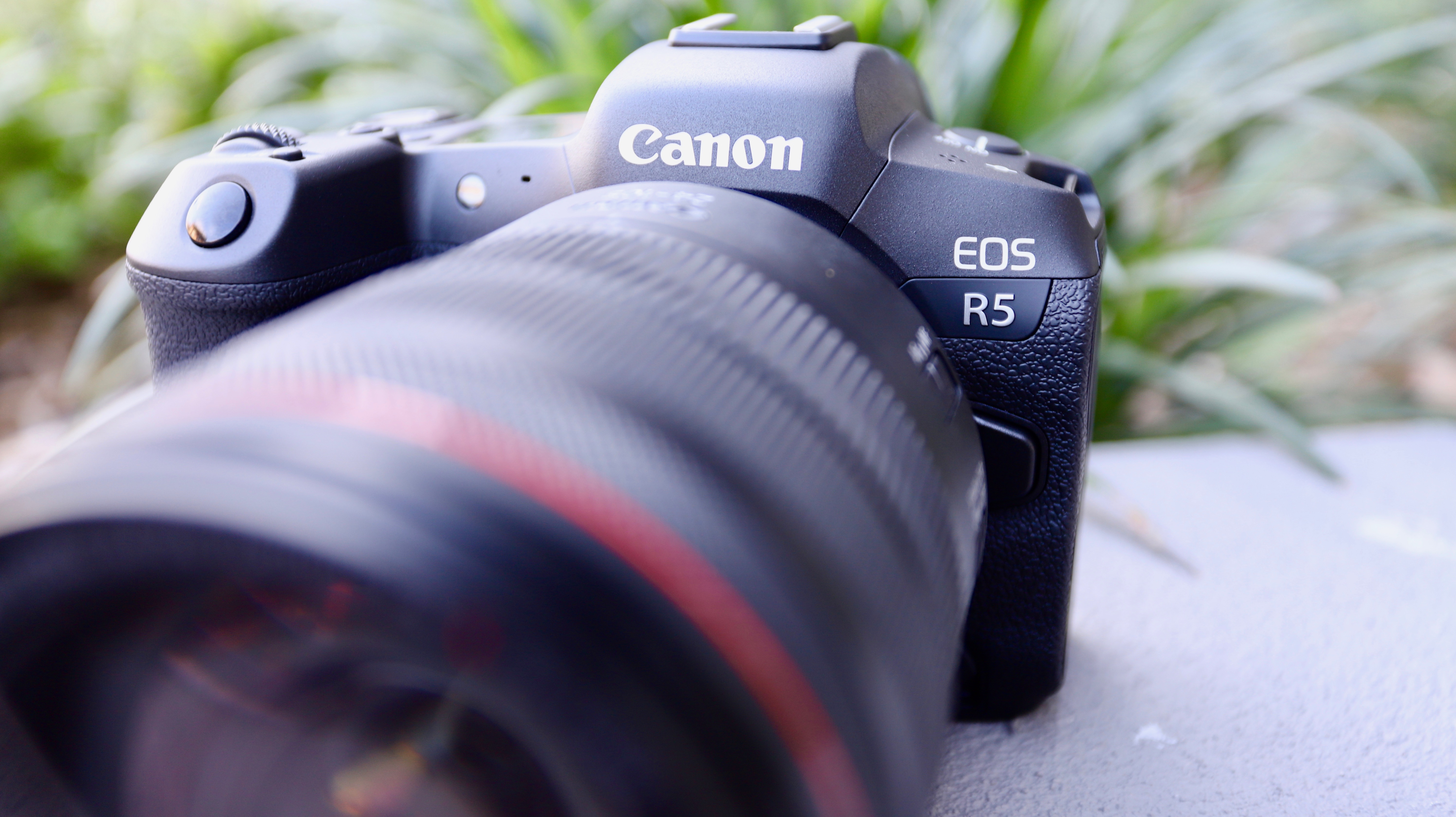
That's all a little vague, though, so we grabbed a stopwatch and put the EOS R5's latest firmware to the test. How much does it improve the camera's video performance? And does it change our overall conclusion of the EOS R5 and who it's for? Before we delve into that, it's time for a quick rewind...
- Read our in-depth Canon EOS R5 review
- How good is the Canon EOS R5's Animal Eye AF? A wildlife photographer's verdict
- These are the best cameras you can buy right now
Why the heated debate?
If you're not familiar with the overheating controversy surrounding the Canon EOS R5, it's worth stepping back to explain what's going on.
The Canon EOS R5 is a hybrid camera that shoots video at some incredibly high bitrates. Opt for its maximum 8K RAW video quality and it packs away 2,600Mbps. 4K at 100fps produces a bitrate of 1,880Mbps; 50fps equals 940Mbps; it's 1,000Mbps if you shoot 10-bit Canon log. Shuffling all that data around equals busy internal components, and busy internal components equals heat.
Proper cinema cameras – like Canon’s C300 Mark III or the Sony FS9 – have internal fans to allow them to shoot long clips at high bitrates. That doesn’t really work on consumer, or even prosumer, mirrorless cameras. They're too small to comfortably accommodate a fan, which would suck battery life and create extra noise in a body where users are more likely to be using the onboard microphone.
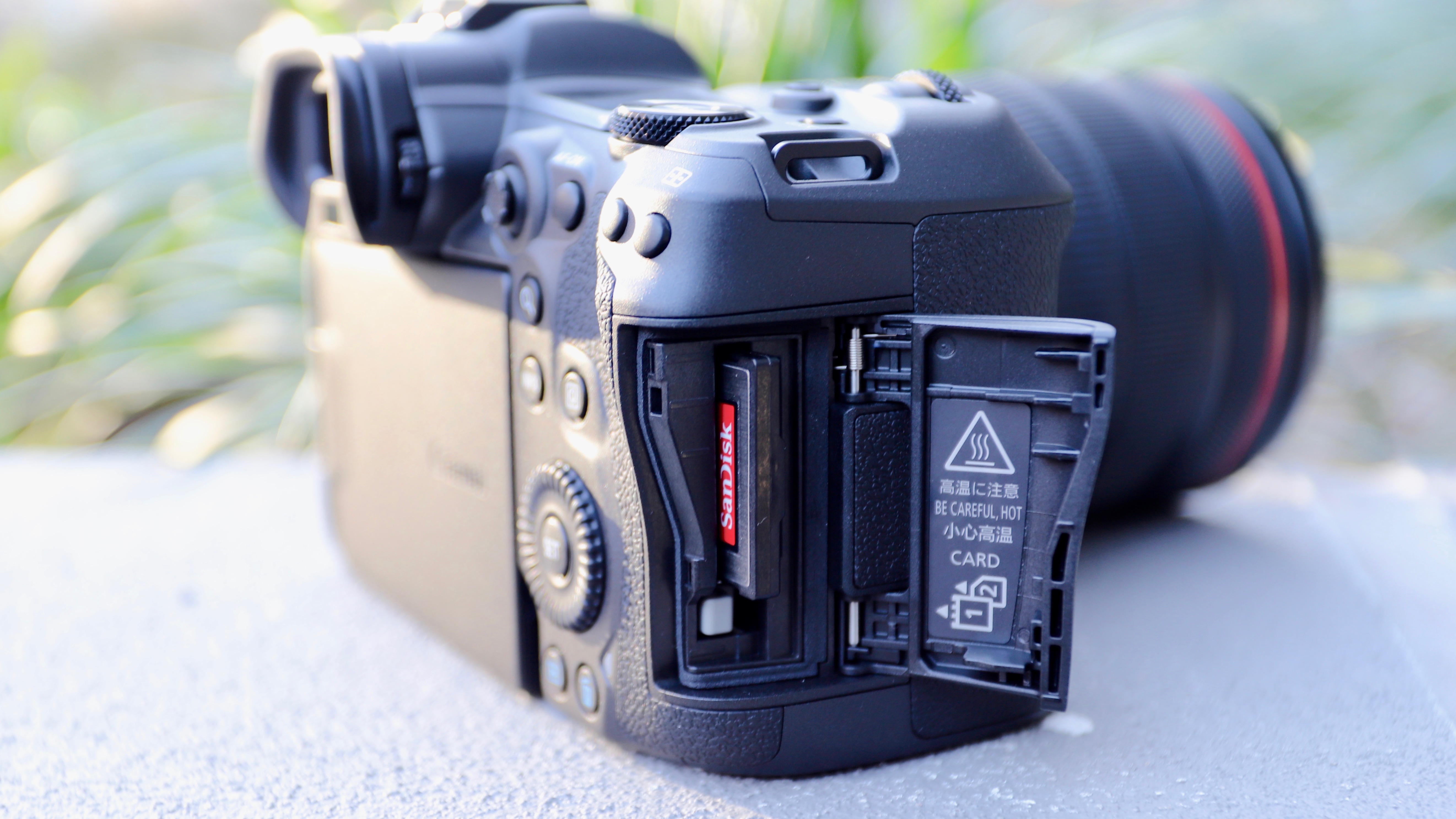
Canon’s approach to the R5’s heat generation was arguably miscommunicated – the camera was able to detect its own overheating and shut down protectively, but as internet sleuths quickly discovered, dramatic changes to the ambient temperature didn’t make a huge difference to how long it took for the camera to overheat, suggesting the R5’s overheat protection was the work of a timer rather than a thermometer. Cue internet meltdown and a flurry of reactions which were, ironically, themselves a little overheated.
It’s worth noting that in our Canon EOS R5 review we shot a short documentary (below) in which we filmed around 35 minutes of All-I, 10-bit 4K video at 25fps and 20 minutes of All-I, 4K video at 50fps over the course of a few hours, without seeing an overheating warning.
It’s quite possible that even without this firmware update, many creatives would have found the R5 an entirely acceptable camera. Still, firmware-updated body in hand, we aimed our camera at a stopwatch and started shooting.
Our new video tests
We went for the ultimate EOS R5 stress test first, shooting 8K RAW footage. The R5 managed a 26-minute and six second take, eventually failing not because of heat, but because the 512GB SanDisk 512GB Extreme PRO card memory card was full.
By the time it failed, the camera was decidedly warm to the touch and indicated that it had a single minute of filming remaining. We let the camera rest and noted that after ten minutes of being powered down, the indicated time available to film had risen to five minutes.
Setting the camera the slightly lesser challenge of shooting 8K, All-I at 25p, we spotted the heat warning indicator at an impressive 22 minutes and 40 seconds, but the camera carried on shooting for another six minutes, finally creating a 28 minute and 30 second clip.
Those seeking to shoot long, repeated takes at the camera’s fancier modes might need to watch out.
Just as important as how long a single clip can be is how quickly the camera recovers, and after ten minutes the remaining time indicator told us the camera could shoot another five minutes. Another 10 minutes passed and the camera would be able to shoot another 10 minutes.
At this point its recovery appeared to stall – for the next 20 minutes the camera reported an available shooting time of 10 minutes. 50 minutes after we finished shooting our clip the R5 added another five minutes, telling us it would be able to shoot 15 minutes. Those seeking to shoot long, repeated takes at the camera’s fancier modes might need to watch out.
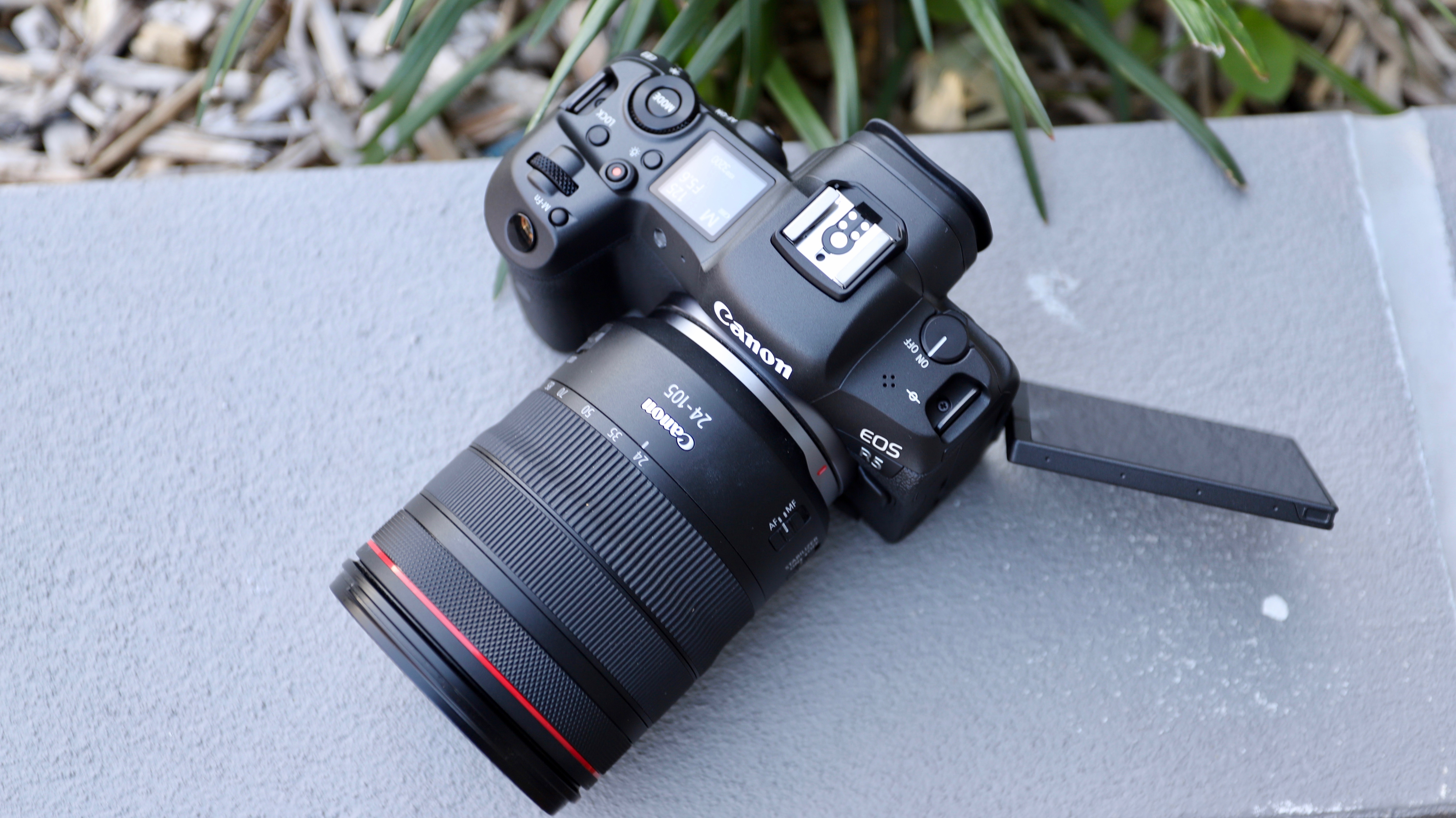
- Best Canon camera: 10 fantastic models from Canon's camera stable
Recovery position
We found the R5’s recovery times to be pretty linear. When shooting an 8K, IBP clip at 25fps, after ten minutes the camera indicated five minutes of available shooting time – just as it did with the 8K, All-I clip above. As with the clip above, it took 50 minutes for the camera to report a 15-minute shooting time.
The good news appears to be that the R5 slightly under-reports how much time is available – as soon as the camera reported 15 minutes available shooting time we started another 8K, IBP, 25p clip – and instead of conking out at 15 minutes the R5 actually shot for 25 minutes and 52 seconds.

But few people will use the R5 to shoot single takes to the point of heat exhaustion – most will be shooting multiple shorter clips, quietly nibbling away at that heat timer over the course of the day. How will they fare?
That’s difficult to say precisely – the R5’s heat timer is affected by external cooling, so being able to find somewhere for it to cool down, or placing it next to a fan or an air conditioner will speed up its recovery rate.
However, we simulated multiple short takes by setting the camera to its 4K, All-I, 50fps mode and shooting five-minute takes with three-minute rests in-between, with the camera remaining switched on with its default power-saving options the whole time.
About halfway through clip number nine – that’s just under 45 minutes of footage – we saw our first blinking heat lamp. The camera lasted until we tried to shoot our 12th clip, at which point the indicated time available to shoot was zero. At that point, we were sitting on 55 minutes of extremely high quality video, and the R5 had been powered on for nearly 90 minutes in total, making it a decent improvement.
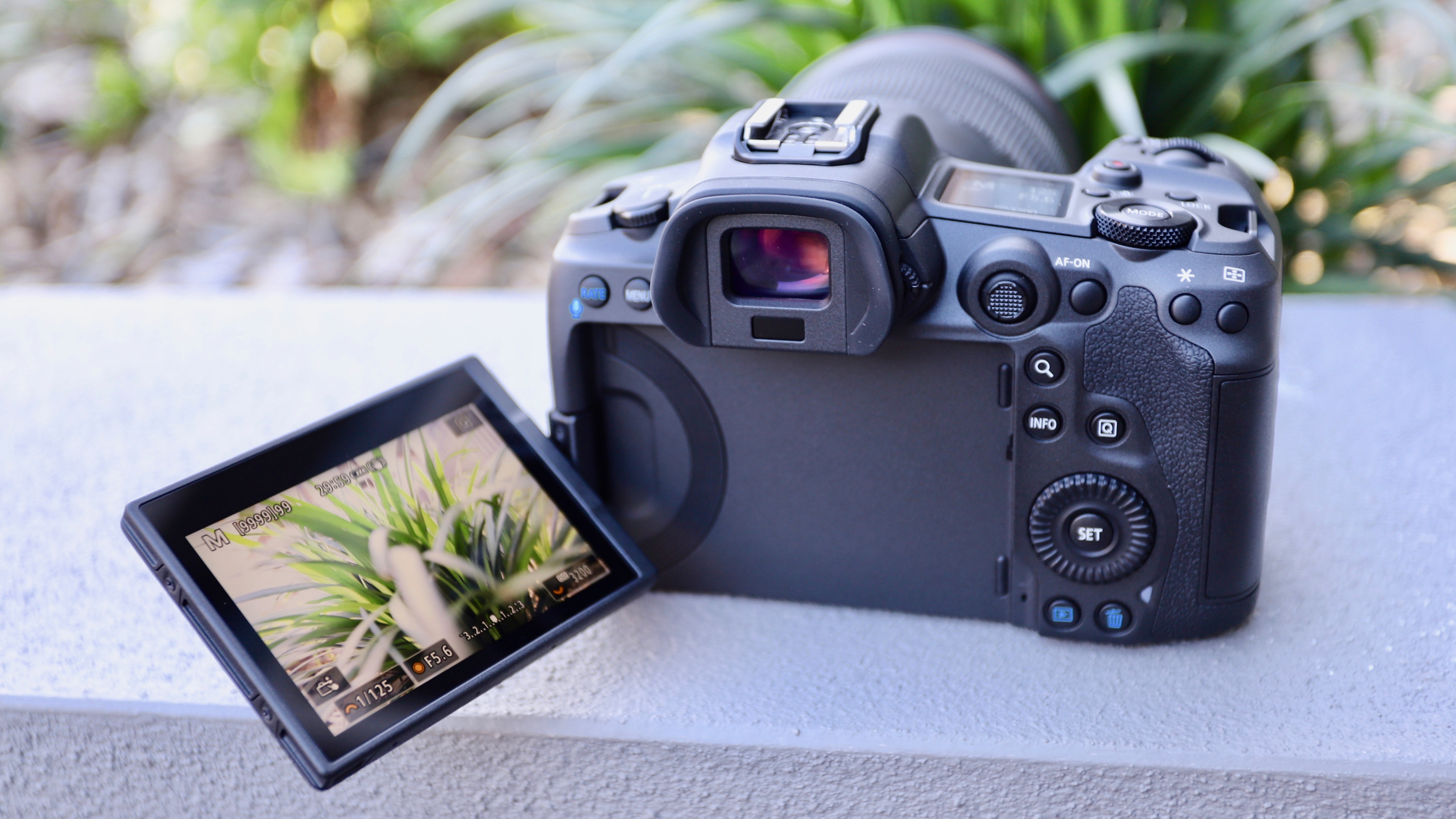
Real-world performance
Extrapolating what this all means is tricky. Our five-minute shoot, three-minute rest comes reasonable close to the cadence of some film sets, but by no means all. In many situations that three minute cool-down between takes will be more like 20, and much of the time takes will be shorter than five minutes, theoretically meaning an even more usable camera.
If you view the Canon EOS R5 as a highly usable video camera that will occasionally be used for traditional-looking video, it’s quite likely you’ll never run into any overheating problems at all.
And, of course, all of this ignores the R5’s perfectly reasonable – great quality, in fact – 4K, All-I 25p mode, which Canon says doesn’t have any heat limitations. Even shooting the R5’s High Quality 4K, which oversamples 8K footage, allowed us to shoot a single 30-minute clip (the camera’s longest possible clip in any mode), and then another 11:07 clip before shutting down. Again, recovery times were pretty linear – five minutes available after a 10-minute rest, ten minutes available after another ten minutes and so on.
If you view the Canon EOS R5 as a highly usable video camera that will occasionally be used for traditional-looking video, with higher-speed modes for special occasions, it’s quite likely you’ll never run into any overheating problems at all. If you’re an over-cranking habitué who wants to shoot a long-form documentary at 4K/50p, it would be worth doing a few tests with a rented EOS R5 before you splash out or head to your first shooting location.
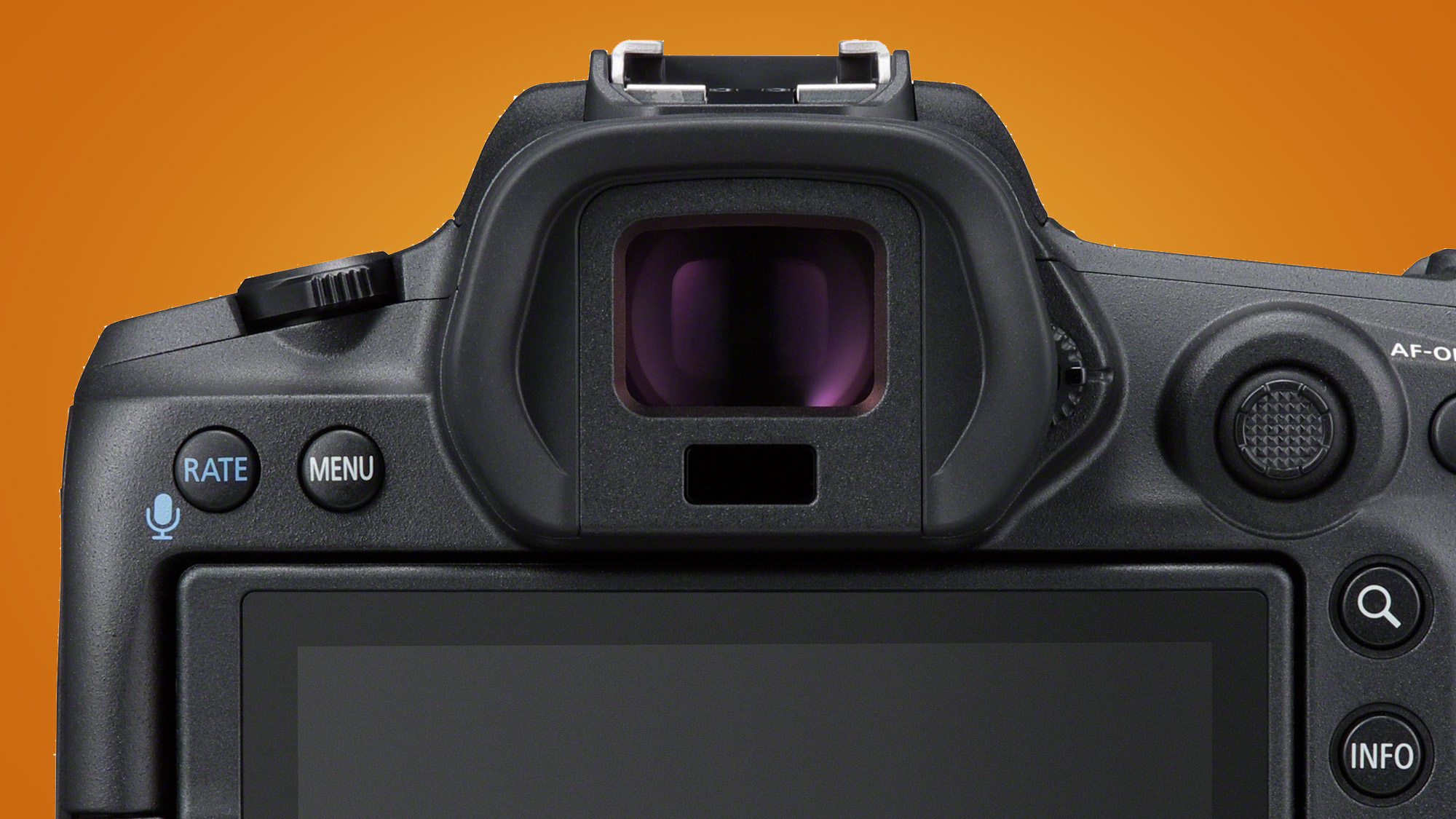
Our Canon EOS R5 verdict
Our conclusion about the Canon EOS R5 remains the same. As a stills camera, it performs fantastically. It’s light and shoots terrific quality images.
For video, the answer is a little more nuanced – extremely intensive use of its high bitrate modes could see you knocking up against that pesky heat timer at some point. Again, we’d urge anyone thinking of shooting it professionally to test it in a way that’s as close as possible to the kind of shoot they’re envisaging before deploying it – good advice for any camera on any shoot.
As an aside, the new firmware doesn’t just change how the R5 manages its heat timer. There are a few minor bug fixes (improved FTP transmission, anyone?) and improved in-lens IS performance for “certain” RF lenses, which we were unable to test while we had the camera.
Also worth noting is that Canon has a features roadmap for the R5 – coming up is the ability to shoot 120fps in Full HD, plus a lower bitrate 8K video mode and lower bitrate modes when shooting IPB footage. Canon LOG 3 is also on its way.
Do you have an EOS R5? Get this firmware update. Whether you’re a dedicated video maker or a hybrid shooter, the refined shooting times are useful. If you don’t have an R5 but were thinking of getting one: Canon’s best mirrorless camera ever just got a little bit better.
- These are the best full-frame cameras in the world right now
from TechRadar - All the latest technology news https://ift.tt/3lRWPts
Aucun commentaire: